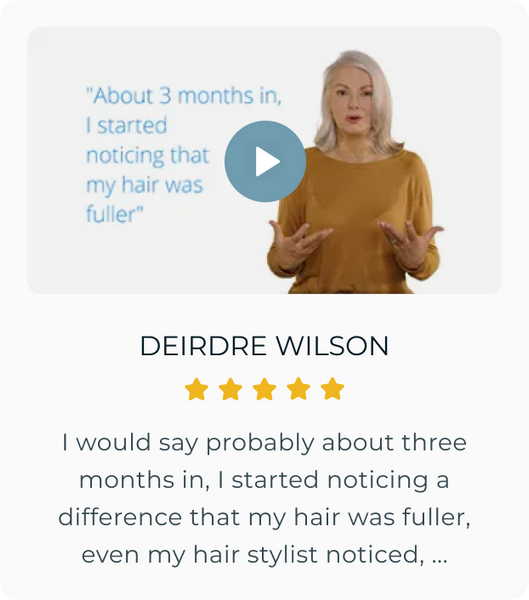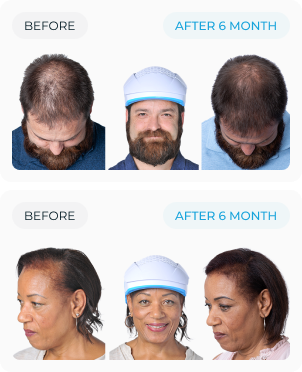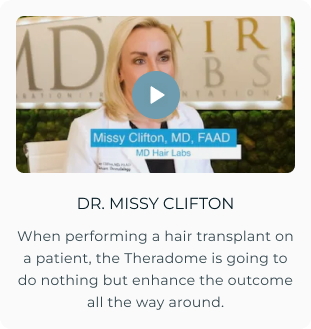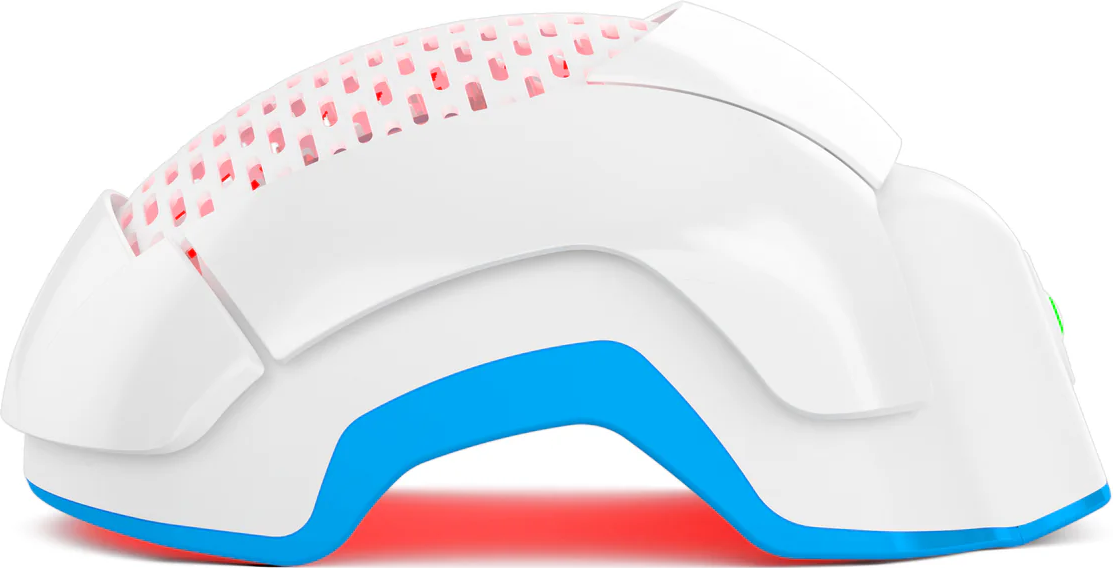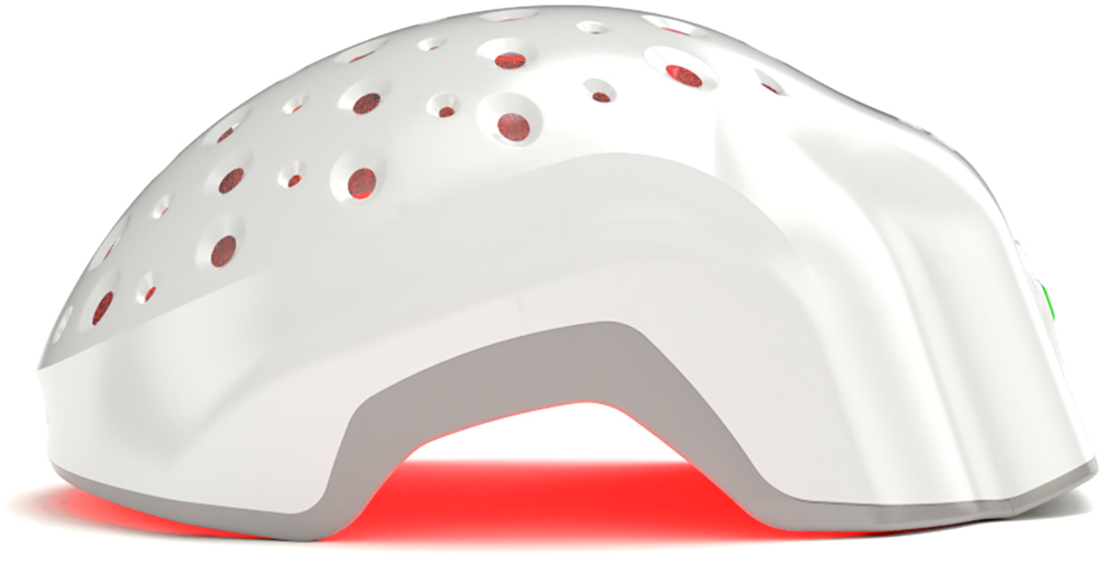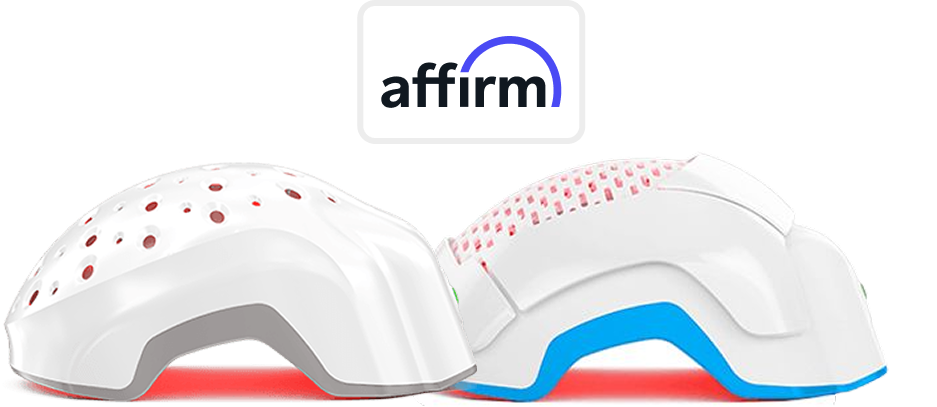Thinning out your hair sounds harmless—almost helpful. It’s pitched as a smart move for thick, unmanageable hair, a quick fix for poof, or a way to “lighten things up.” But look: once it’s done, there’s no Ctrl+Z. And that’s where things get tricky. Because whether thinning out your hair depends less on the trend and more on your hair type, texture, and what you actually want your hair to do afterward.
Plenty of stylists use thinning shears like seasoning—just a sprinkle to soften the shape. Others go full salad-chopper. The problem is, not every strand handles thinning the same way. For some hair types, it adds bounce and flow. For others, it’s the fast track to frizz, fragility, and a grow-out nightmare that lasts way too long.
And no, this isn’t fearmongering. Thinning out hair can work brilliantly—but only when it’s done for the right reasons, on the right head, with a very clear plan. Otherwise, you’ll spend months wondering why your ends look like they lost a bar fight with a weed whacker.
So let’s clear the air. This article will explain exactly what thinning out hair does, when it helps, when it hurts, and whether it’s worth your strands at all.
What Does Thinning Out Hair Actually Mean?
Thinning out hair is a salon technique that involves reducing bulk—not length—by selectively cutting strands with special thinning shears or razors. These tools are designed to remove weight by cutting only some of the hair in each section, usually from mid-length to ends. Unlike chopping off inches, this method targets density without dramatically altering the silhouette. Stylists use it to tame unruly volume or lighten thick textures for better manageability.
But this isn’t layering, and it’s not basic trimming either. Thinning is a deliberate structural tweak, not a style refresh. Layering changes shape and flow, while thinning changes the density and texture. It’s subtle, but if you’ve ever dealt with hair thinning and volume loss, you already know that subtleness can be the difference between bounce and breakdown.
Pros of Thinning Out Your Hair
Done right, thinning can actually make thick, stubborn hair a lot easier to live with—styling-wise and sanity-wise.
1. Reduces Bulk in Thick Hair
When your hair has the density of a wool sweater, bulk control becomes a top priority. Thinning out dense hair makes it lighter, more breathable, and far less overwhelming to handle.
2. Improves Shape and Texture
Thinning can correct that bottom-heavy triangle look, giving your hair a more flattering silhouette. It lets your hair move more freely and enhances flow—especially in blunt or one-length cuts.
3. Easier Styling and Drying
Fewer strands = less blow-dry fatigue. For thick-haired folks, thinning can cut down the time and temperature needed to style hair—reducing heat exposure and making it easier to maintain texture without frying it.
Cons of Thinning Out Your Hair
Of course, there's a flip side. Not every strand wants to be thinned—and when it’s not the right move, your hair will absolutely let you know.
1. Can Lead to Frizz or Damage
Thinning shears can create blunt ends in awkward places, which don’t always lie flat. For naturally wavy or porous hair, this often leads to hair thinning and frizz, especially in humid or dry climates.
2. Not Suitable for All Hair Types
Fine, curly, and coily textures don’t always respond well. Thinning these types can cause uneven definition, shrinkage in all the wrong places, or just make things look thinner than intended. Hair thinning scissors damage is more likely when used on the wrong hair type.
3. Results Can Be Hard to Fix
Over-thinning takes time to grow out. Unlike a rough layer cut, there's no easy styling trick to “camouflage” missing density. If you’ve seen the thinning hair and scalp visibility creep up, you know the struggle is real.
Hair Types That Should Avoid Thinning
If your hair is naturally fine or thin, thinning shears are more of a liability than a solution. You’re removing precious density from already delicate strands, which makes the hair look limp, wispy, and less voluminous overall. Same goes for curly and coily textures—thinning these disrupts the curl pattern and causes uneven shrinkage, frizz, and breakage. These hair types already deal with hair thinning and texture changes under regular conditions. Adding shears to the mix usually doesn’t end well.
Who Should Consider Hair Thinning?
If your hair is thick, coarse, or grows out in a pyramid, thinning might be exactly what you need. It helps relieve that bottom-heavy bulk and gives your strands room to breathe—styling becomes easier, and you avoid that dense, poofy look. For those who struggle with thinning hair styling issues (too much time, too much heat, too many products), targeted thinning could be a game-changer—just not a universal one.
Factors to Consider Before Thinning Your Hair
Hair Type and Texture
Straight, dense hair handles thinning better than porous, frizz-prone types. The straighter and healthier your strands, the more likely they are to lie flat and flow after thinning. If your hair is already fine, it may look patchy or highlight scalp visibility—something you don’t want to learn the hard way.
Current Hair Health
Thinning damaged or brittle hair is like filing weak nails—it just makes them worse. If you’re already dealing with split ends, dryness, or past trauma (heat, bleach, tight styles), thinning will only magnify the issues. Add moisture first, and reconsider the scissors.
Desired Hairstyle
Some styles benefit from thinning—think airy long cuts or messy shags. Others? Not so much. Precision cuts, blunt bobs, or geometrically structured looks need fullness to work. Thinning might collapse the shape or cause gaps where you wanted sharpness.
Consultation with a Stylist
Thinning should never be a DIY attempt—or a “sure, let’s try it” moment with a new stylist. A seasoned pro will know where, how much, and whether to thin based on your cut, hair type, and goals. This is especially important when managing hair thinning and maintenance challenges down the line.
How to Care for Thinned Hair?
Moisture is your best friend. Hydrating masks, nourishing conditioners, and lightweight oils can help maintain softness and prevent ends from splitting. Heat protection is non-negotiable—thinner sections cook faster under tools. Trimming regularly helps avoid hair thinning and split ends from creeping upward and derailing your length goals.
Conclusion
So, is thinning out your hair bad?
It can be—but it can also be brilliant. Like any hair decision, it’s not about trends. It’s about your texture, your goals, and whether your hair is ready to handle the change. Know what you’re working with, get real with your stylist, and don’t reach for the shears unless you’re ready for the outcome. Your hair’s volume, shape, and health depend on it—and now, you’ve got the facts to back every decision.







